Category — DIY
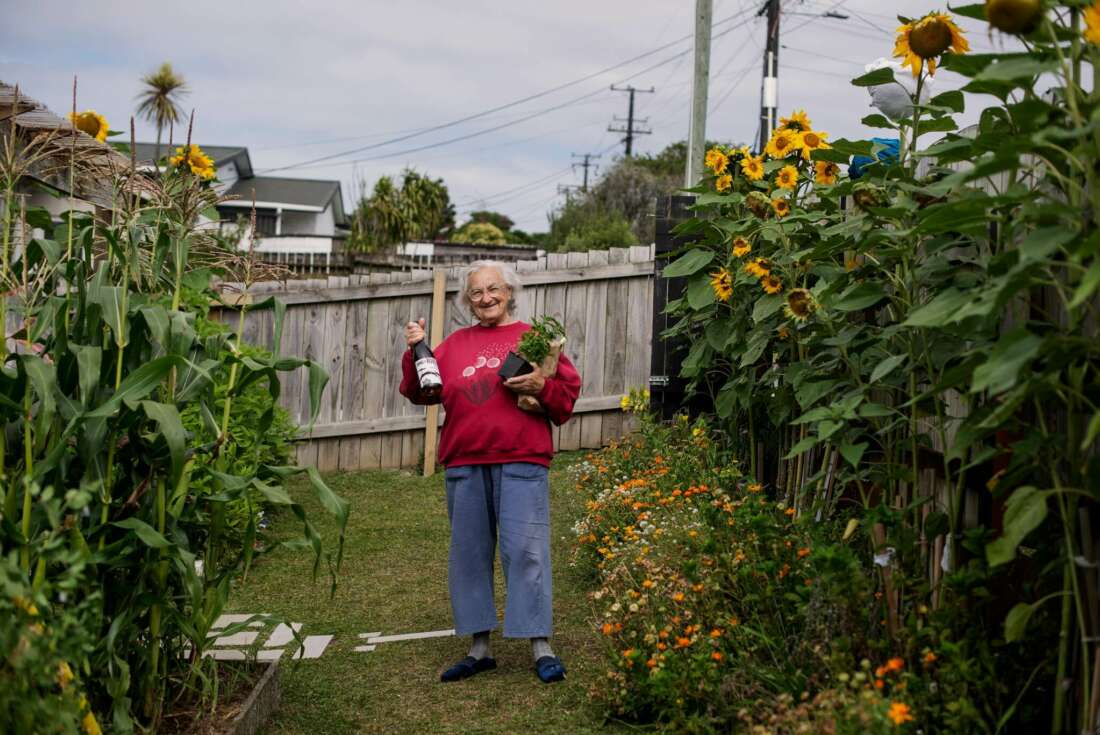
Tools for conviviality
Months before the government announcement of Level 4 lockdown to fight COVID-19, New Zealand society started to resemble my experiences of America’s ‘Black Friday’ shopping hysteria. Grocery stores and garden centres had bare shelves, but I was fortunate enough to have my own mini DIY polytunnel.
Having this at hand saved me from turning into one of those desperate people who were racing to the stores for seedlings and leaving empty-handed. If there is one thing that this pandemic crisis has shown us, it’s that everything boils down to the essentials.
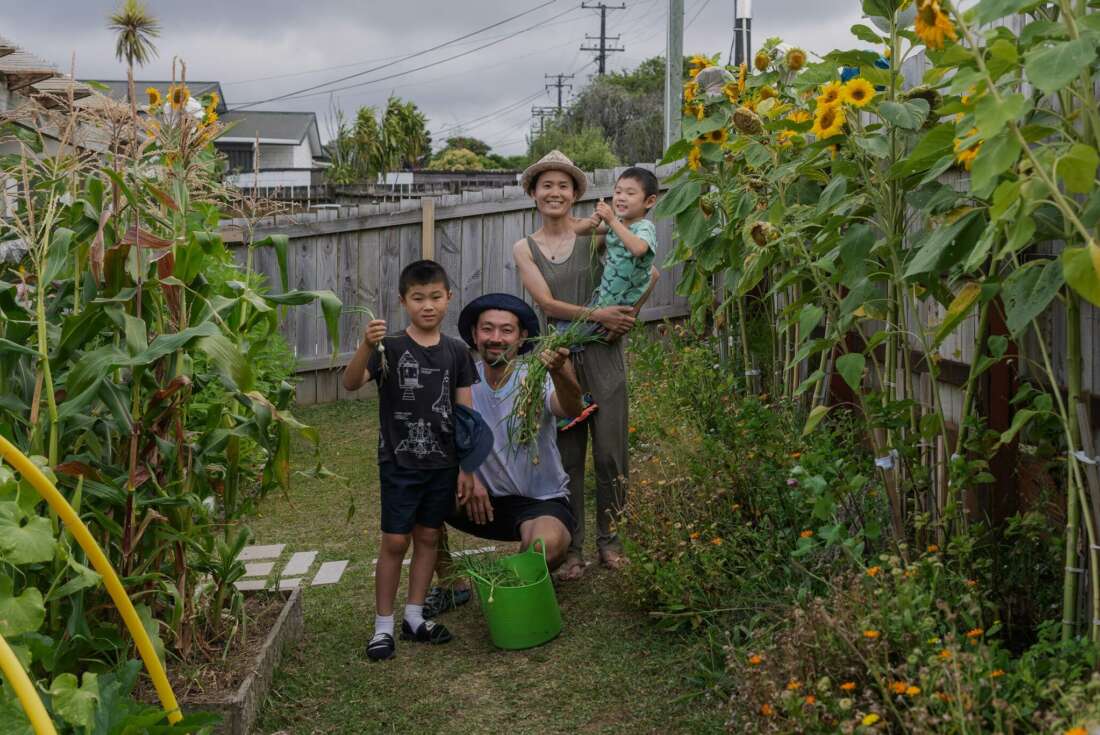
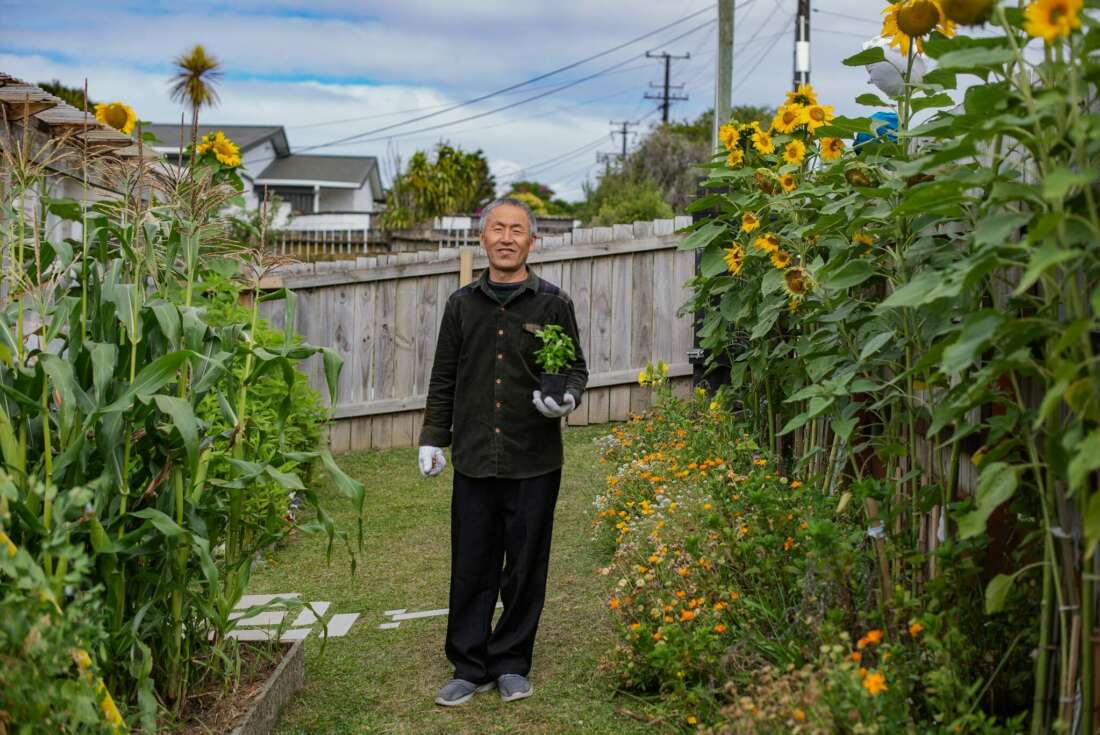
It’s a step ahead of the curve to have at least some tools of resilience in place, enabling us to be resourceful as we navigate through the rough trails ahead, adjusting and adapting to the conditions of economic and climate breakdown. If you’re well equipped, it’s less likely that you will panic.
Since I built my DIY polytunnel, I’ve come to believe that it is a must-have for every urban gardener. It is a beneficial tool in the system because it will protect your baby seedlings, allowing you to extend your growing season in both spring and autumn and increase the health and productivity of your garden. It will save you a lot of time, energy, and money on visits to garden centres; it encourages you to practice seed saving and growing plants from seeds— which includes the joy of witnessing them come to life. And who doesn’t want to have the control and freedom of production, with the bonus of planting rare and biodiverse plants that are usually not available at the garden centre?
Following the upcycling ethos to reduce cost and waste, I built my polytunnel out of detritus that I scavenged from the housing construction behind our home. I like the idea of spending absolutely no money on production because it makes it fun, allows you to be creative, and pushes you to think of solutions to challenges. With the amount of knowledge and information on the internet these days, the sky’s the limit if you want to learn about something. It’s open notes and open source, so there are plenty of instructions, inspirations and ideas for how to build a DIY polytunnel out there. All you need to do is to develop a hīkoi te kōrero (walk the talk) mindset to make all things happen, so there is no excuse.
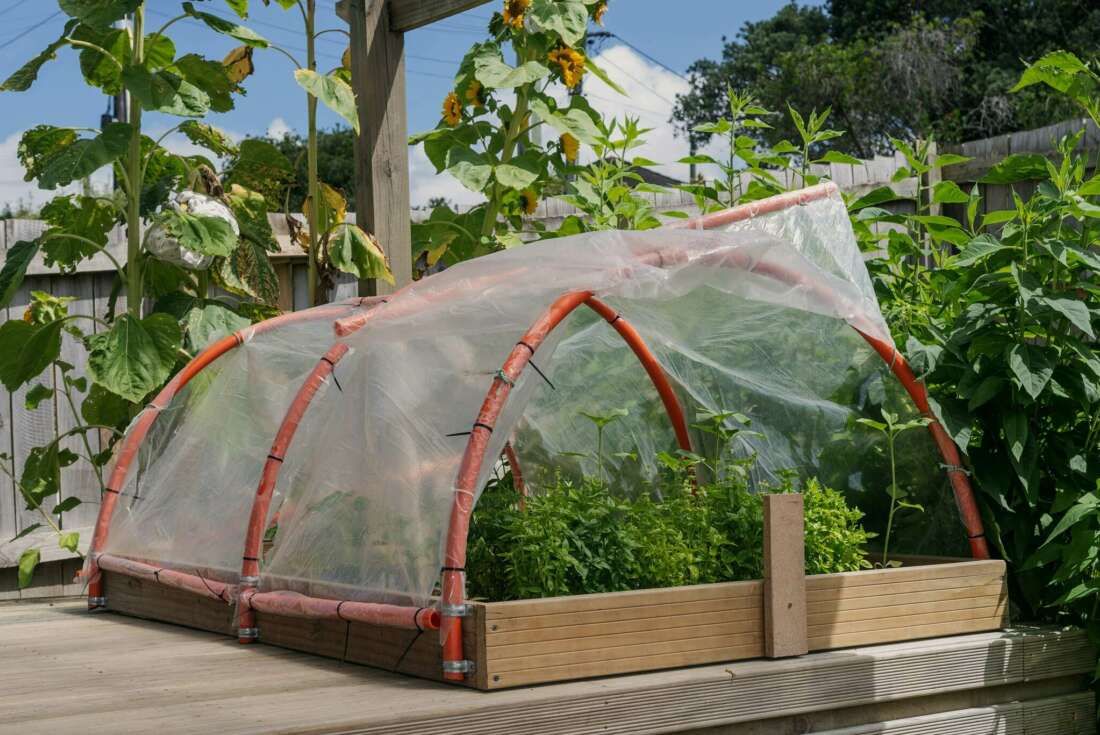
I can’t even count how many seedlings I have gifted to our community since I built my mini DIY polytunnel. Last spring, I accidentally propagated a bunch of tomato seeds that were given to us by a friend at his son’s birthday party. As a by-product of our friend’s generosity— coupled with my ignorance, not knowing how to properly propagate tomato seedlings— I ended up with a lot of tomato plants. All visitors: neighbours, family, friends and strangers, were sent home with tomato plants, along with basil seedlings from seeds I had saved from the previous season. Each person who has nurtured those plants is interacting with nature and harvesting its fruit, generating infinite seeds. If they have the seed-saving skills, the seeds, plants and produce will continue to multiply exponentially, so there are no more artificial scarcities.
As a positive response to the pandemic crisis, instead of watching a Hollywood depiction of a dystopian future propagated by Netflix, I picked the young seedlings that self-seeded in my main garden bed, transplanted them and kept them in my polytunnel. I made them available for free outside our home. One of our neighbours asked why I was doing it. I told him that it doesn’t make sense that we have a seedling scarcity when my garden beds are producing so much, and I don’t want to treat them as weeds that would normally go into the compost pile. Food is food in the third-world country from where we came from. Back home in the Philippines, where there is widespread food scarcity, it’s considered a sin to throw it away. It’s disrespectful to those families who live in extreme poverty without access.
As I continue to democratise an abundance of seedlings on the weekends, I can see how my garden has stimulated community building, helped by my DIY polytunnel. The seedlings I transplanted would have struggled in the autumn weather but instead thrived in the warm blanket of discarded plastic that made my tunnel. It was amazing to experience my neighbours response when I started sharing. It has created an autonomous local network of cooperation and reciprocity through koha. Generosity and kinship are the opposite of an economy driven by greed. I have met many new allies in my community: our neighbours have donated their seedling trays and a constant supply of coffee grounds, they wrote us notes asking what we needed, gave us seeds, cooked us food and gifted us homemade jams….. and beer. It has created a sense of community resilience that continues to grow.
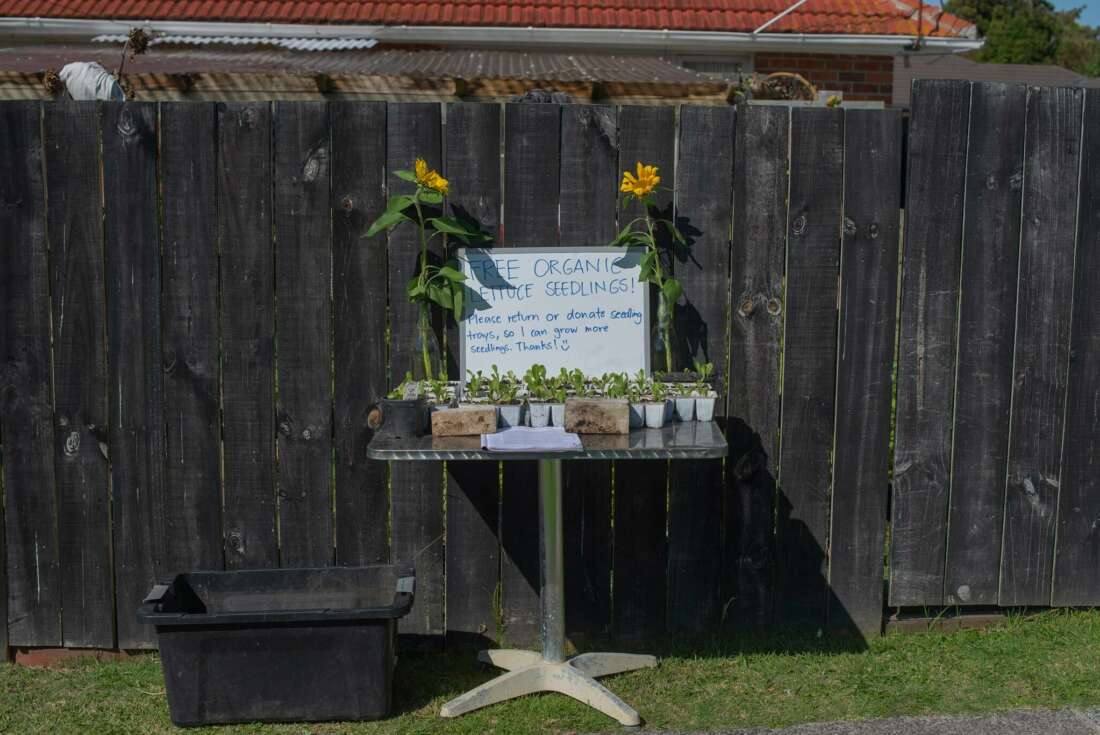
If the tools of modernity (roads, cars, cellphones, the internet, TV screens and microwave ovens) revolve around individuality, isolation and convenience: maybe in the post COVID-19 world, with climate breakdown on the horizon, our emerging tools could be similar to my DIY polytunnel.
To paraphrase Mexican activist, ‘deprofessionalised intellectual’ Gustavo Esteva — and his friend Ivan Illich — ‘tools for conviviality’; which facilitate tomato-roots-post-modernism. Rejecting a singular idea of progress and development, and empowering us beyond modernity. Opening windows to community, connectivity, consciousness and abundance.